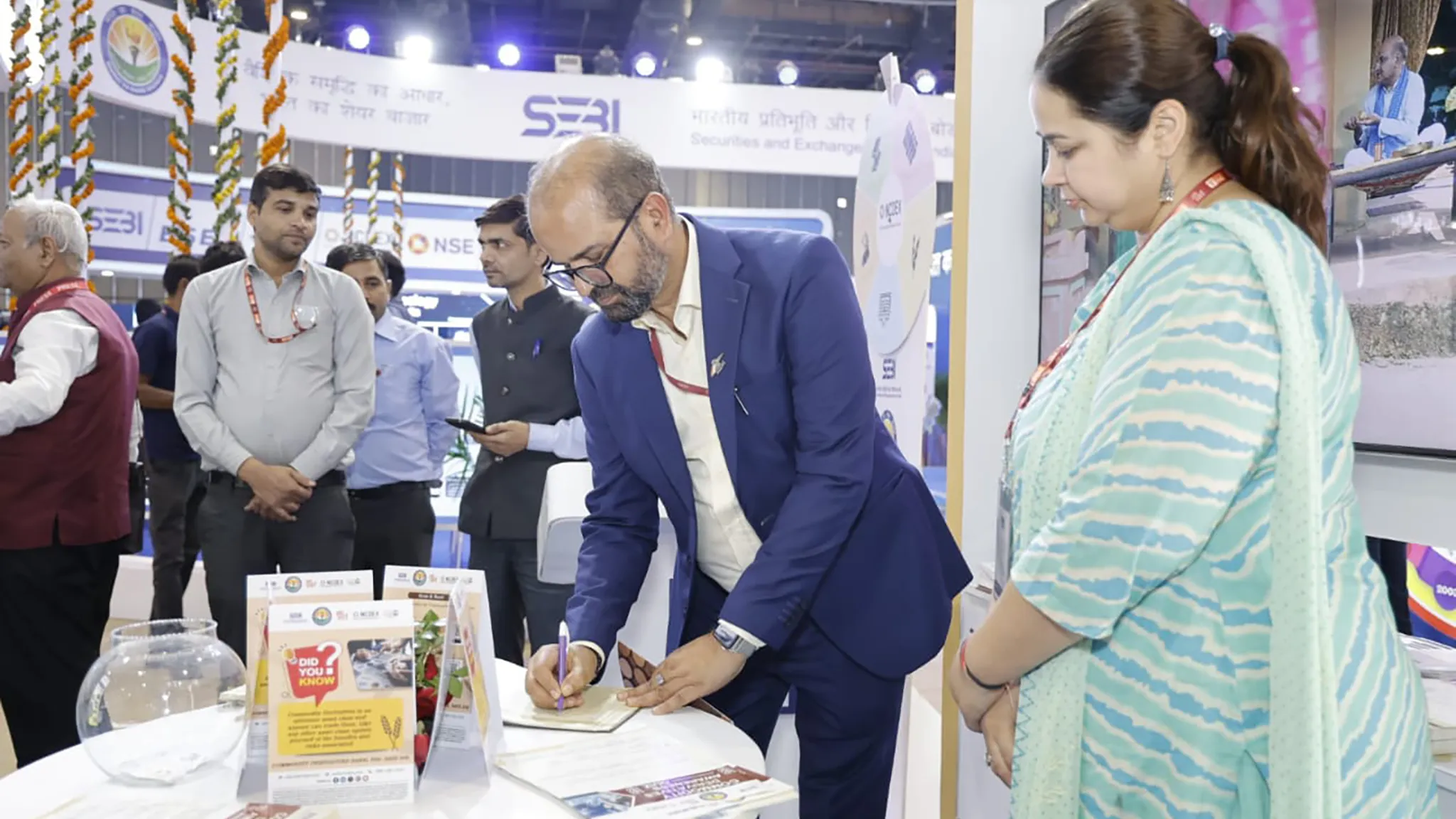IPOs at 27-Month Peak
The Indian stock market’s steady climb might not be generating widespread excitement, but the primary market is certainly buzzing. A 14-day winning streak in the secondary market has been met with a shrug, while the Initial Public Offering (IPO) space is witnessing a surge reminiscent of a bull run. Forget market tips from your barber; today, everyone seems to be chasing IPOs.
Data from a Moneycontrol report reveals that IPO fundraising in August 2024 reached a 27-month high, with ten companies raising a substantial ₹17,047.52 crore. This is the highest amount since May 2022, driven largely by offerings from Ola Electric Mobility, Brainbees Solutions, and Premier Energies. The year 2024 has already seen 56 companies raise ₹65,000 crore, a stark contrast to the ₹15,051 crore raised by 20 IPOs in the same period last year. A significant portion of this, around ₹7,333 crore, came from offers for sale, allowing early investors to cash out.
Quick Profit Strategy
This IPO frenzy is fuelled by abundant liquidity and high secondary market valuations. Mutual funds, flush with cash, are finding the secondary market expensive and are increasingly turning to IPOs. Retail investors, too, are jumping in, leading to massive oversubscriptions, even for SME IPOs. However, a SEBI report suggests that this demand isn’t necessarily about long-term value. A large chunk of IPO shares, around 54%, are sold within a week of listing, indicating a focus on quick profits rather than long-term investment. Investors are riding the wave of liquidity, booking gains and moving on, a strategy that works until the tide turns.
UPI for Lending
Meanwhile, in another significant financial development, the Reserve Bank of India (RBI) is set to roll out a “unified lending interface,” expanding the scope of the country’s successful Unified Payments Interface (UPI). As reported by Business Standard, this move aims to leverage the vast digital infrastructure to facilitate easier lending, particularly to farmers and small businesses who often struggle to access formal credit.
The idea is to use the rich data available on digital platforms, including UPI transaction history, tax payments and even land records, to assess creditworthiness. This could potentially solve the long-standing problem of credit access for the informal sector, where traditional banks have been hesitant to lend due to perceived risks and lack of documentation.
Household Debt Risk
While the unified lending interface holds immense promise for financial inclusion and economic growth, it also brings potential risks. One major concern is the impact on household debt. RBI data indicates that net household savings are at a 47-year low, and household debt is on the rise. Making credit more easily available could exacerbate this trend, leading to unsustainable borrowing patterns. If increased consumer spending is fuelled by debt rather than income growth, it could create macroeconomic vulnerabilities.
The IPO boom and the lending interface expansion both highlight a market eager for opportunity, be it quick gains or easier credit. However, both also carry inherent risks. The IPO frenzy could easily turn sour if market sentiment shifts, leaving investors stuck with overpriced shares. The lending interface, while innovative, needs careful monitoring to prevent a surge in unsustainable household debt. Are Indian markets overheating, or are these just signs of a growing, confident economy? Only time will tell if this enthusiasm is built on solid foundations or fleeting exuberance.
What should investors consider now? While the IPO market may seem attractive, a cautious approach is warranted. Focus on fundamentally strong companies and avoid getting caught up in the hype. For policymakers, the unified lending interface requires close supervision to ensure financial innovation does not come at the cost of financial stability.
Image Courtesy: X(NCDEX)










Leave a Reply